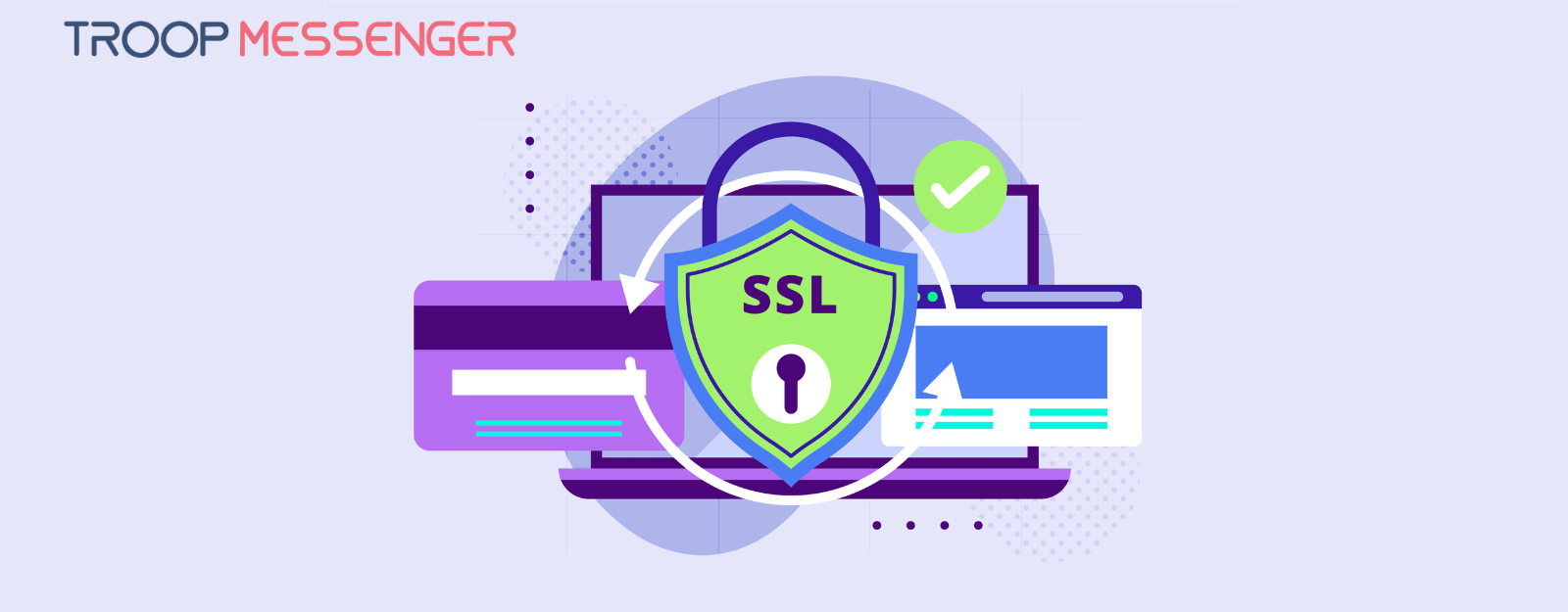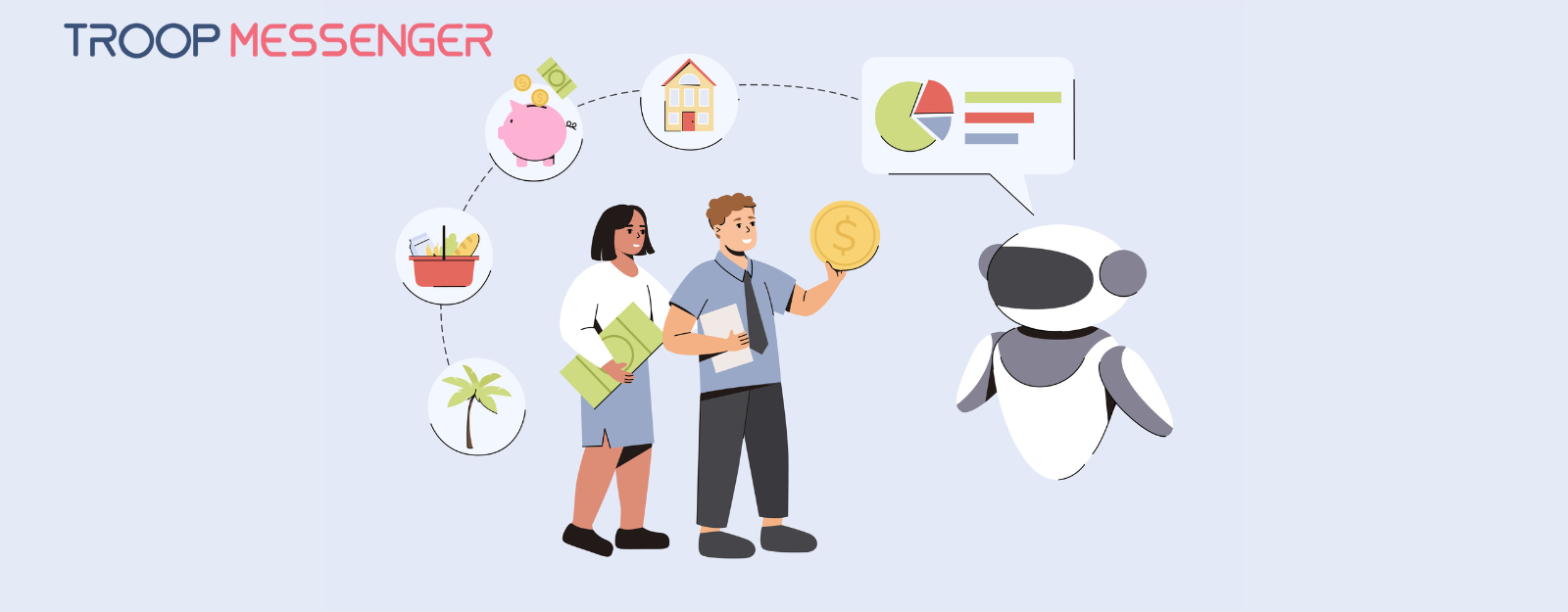Connect with us

20 Strategies For Fostering Continuous Learning In Organizations
These days, businesses place a high emphasis on speed, agility, and flexibility. Such qualities are only present in an organization's workforce when its workers are curious, involved, creative thinkers, and capable of making swift judgments that will have an influence on the company's operations.
Having said that, I strongly believe that companies must foster a culture of continual learning to create such an organization, which may sound simple but is actually quite difficult. The organization continuously broadens its knowledge, improves its competence, innovates more frequently, and cultivates future leaders since they own and manage the learning process themselves.
In today's rapidly evolving business landscape, organizations must prioritize continuous learning to stay competitive and adapt to new challenges.
Fostering a culture of continuous learning not only enhances employee skills and knowledge but also promotes innovation, employee engagement, and overall organizational growth.
This article will outline 20 effective strategies for organizations to cultivate an environment that encourages continuous learning.
Table of Contents
- 1. Establish a Learning Culture
- 2. Embrace Technology
- 3. Encourage Self-Directed Learning
- 4. Implement Microlearning
- 5. Foster Collaboration
- 6. Offer Mentorship and Coaching
- 7. Provide Learning Resources
- 8. Support Continuous Professional Development
- 9. Recognize and Reward Learning
- 10. Promote Cross-Training
- 11. Gamify Learning
- 12. Encourage Reflective Practice
- 13. Support Continuous Feedback
- 14. Enable Job-Embedded Learning
- 15. Evaluate and Measure the Learning Impact
- 16. Encourage Reverse Mentoring
- 17. Promote Learning Communities
- 18. Support Continuous Learning Budgets
- 19. Encourage Networking and External Engagements
- 20. Continuous Learning Assessments and Development Plans
- Conclusion
1. Establish a Learning Culture
Creating a learning culture starts with leadership. Leaders must prioritize their learning and development and demonstrate a commitment to continuous improvement. They set the tone for the rest of the organization by modeling this behavior.
Additionally, leaders can emphasize the importance of continuous learning through regular communication, highlighting success stories, and recognizing employees who actively engage in learning opportunities.
Providing resources and support for learning initiatives reinforces the message that learning is valued.
2. Embrace Technology
Organizations can leverage learning management systems (LMS) to centralize and streamline the delivery of online courses, webinars, and virtual training programs.
E-learning platforms provide flexibility for employees to access learning materials at their own pace, allowing them to fit learning into their busy schedules.
Video conferencing tools facilitate real-time collaboration and interactive virtual training sessions.
Mobile apps enable learning on the go, making it convenient for employees to engage in learning activities anytime and anywhere.
3. Encourage Self-Directed Learning
Empowering employees to take ownership of their learning journey is a powerful way to foster continuous learning. Encourage individuals to set personal learning goals that align with their professional aspirations and the organization's needs.
Provide them with access to a wide range of learning resources, including online courses, books, podcasts, and industry publications.
Offering autonomy in selecting training programs and encouraging employees to develop personalized learning plans based on their interests and career aspirations promotes motivation and engagement in the learning process.
4. Implement Microlearning
Microlearning involves breaking down learning content into smaller, easily digestible modules. These modules can be consumed in short bursts, which is particularly beneficial in today's fast-paced work environment.
By presenting information in bite-sized pieces, learners can focus on specific topics or skills without feeling overwhelmed. Organizations can develop short videos, infographics, quizzes, or interactive learning modules that deliver targeted information efficiently.
This approach enhances knowledge retention and makes learning more accessible and manageable for employees.
5. Foster Collaboration
Create communities of practice, and learning circles, or use online collaboration tools within the organization for employees from various departments or teams to share insights or experiences.
These collaborative areas foster peer-to-peer learning by allowing employees to benefit from each other's skills.
To build a culture of cooperation and continual learning, encourage cross-functional collaboration on projects, problem-solving, and brainstorming sessions.
6. Offer Mentorship and Coaching
Mentorship and coaching programs can be instrumental in supporting continuous learning. Pair experienced employees with those seeking guidance and support.
Mentors can share their knowledge, provide career advice, and offer valuable insights based on their own experiences. Coaches, on the other hand, can provide structured guidance, helping employees set learning goals, develop action plans, and overcome challenges.
By facilitating these relationships, organizations enable the transfer of knowledge and create a supportive environment for continuous growth and development.
7. Provide Learning Resources
Make learning resources easily accessible to employees. Create an online library or learning portal where employees can access a variety of resources, such as e-books, industry reports, articles, and educational videos.
Also offer virtual events for CPE credits, providing employees with opportunities to earn professional education while accessing a wealth of learning resources.
Encourage employees to explore these resources and provide guidance on how to navigate and leverage them effectively.
8. Support Continuous Professional Development
Allocate dedicated time and resources for employees to engage in continuous professional development. Encourage employees to attend conferences, workshops, virtual team meetings, and industry events relevant to their roles and interests.
These external learning opportunities expose employees to new ideas, industry trends, and best practices. Furthermore, provide financial assistance or reimbursement programs for certifications, online courses, and further education.
Online courses could do anything from enabling employees to enhance their soft skills to helping them improve their foreign language skills. The latter could be beneficial to your company if you operate internationally.
It is easy to improve your German, for example, when learning with the help of native German speakers in the online Busuu Community.
Supporting employees in their pursuit of ongoing development shows a commitment to their growth and reinforces the importance of continuous learning.
9. Recognize and Reward Learning
Acknowledging and celebrating employees' learning achievements is crucial for fostering a culture of continuous learning.
Implement a reward system or recognition program to acknowledge employees who complete training programs, acquire new skills, or demonstrate a commitment to their learning journey.
This recognition can take various forms, such as certificates, badges, public recognition during team meetings, or inclusion in the company's newsletter.
Sharing success stories and highlighting the positive impact of learning initiatives across the organization also reinforces the value placed on continuous learning.
10. Promote Cross-Training
Offer opportunities for cross-training or job rotations, allowing employees to gain exposure to different functions and departments within the organization.
This cross-pollination of skills and knowledge enhances employees' understanding of the overall business operations and promotes versatility.
It also creates a pool of talent that can adapt to changing needs and fill gaps when necessary.
11. Gamify Learning
Integrating game elements into the learning process can significantly enhance engagement and motivation.
By incorporating leaderboards, badges, rewards, and friendly competition, organizations can make learning more interactive and enjoyable.
Gamification creates a sense of achievement and progress, encouraging employees to participate in learning activities actively.
For example, employees can earn points or badges for completing courses, participating in quizzes, or achieving specific learning milestones. This approach adds an element of fun and encourages healthy competition among employees, driving continuous learning.
12. Encourage Reflective Practice
A potent tool for strengthening learning is reflection. Encourage your staff to consider their past experiences, lessons learned, and personal development.
Establish forums or discussion boards where staff members can post their reflections and interact with one another.
Making links between theory and practice, solidifying learning, and identifying opportunities for improvement are all made easier through reflection.
Organizations cultivate a deeper knowledge of learning and continual improvement by fostering a culture of reflective practice.
13. Support Continuous Feedback
Encourage regular performance discussions between managers and employees to provide constructive feedback on strengths, areas for development, and growth opportunities.
Implement peer feedback or 360-degree feedback mechanisms to gather insights from multiple perspectives.
Feedback should focus not only on areas for improvement but also on recognizing and leveraging employees' strengths.
By providing ongoing feedback, organizations create an environment that encourages learning, growth, and continuous improvement.
14. Enable Job-Embedded Learning
Integrating learning into daily work processes is an effective way to foster continuous learning. Provide employees with job aids, checklists, or quick reference guides that can be accessed during tasks to support their learning on the job.
Encourage employees to apply newly acquired knowledge and skills immediately in real-life scenarios. This hands-on experience reinforces learning and enhances its practical application.
By enabling job-embedded learning, organizations facilitate continuous growth and development within the context of employees' day-to-day work.
15. Evaluate and Measure the Learning Impact
Evaluation and measurement of the effects of learning efforts on both individual and organizational performance are crucial for ensuring their efficacy.
To learn more about the efficacy of training programs, use performance indicators, assessments, and feedback forms.
Gather information on how well people are acquiring new skills, gaining knowledge, and applying what they have learned to their jobs. Analyze how learning efforts affect employee engagement, individual performance, and overall organizational results.
Through the use of data-driven analysis, companies may continuously enhance their learning techniques by identifying areas for success and development.
16. Encourage Reverse Mentoring
Reverse mentoring flips the traditional mentorship model by pairing younger or less experienced employees with more senior employees.
This approach allows for the transfer of fresh perspectives, technological know-how, and innovative ideas from younger generations to senior leaders.
It provides an opportunity for senior employees to learn from their junior counterparts, fostering mutual learning and bridging generational gaps within the organization.
17. Promote Learning Communities
Create learning communities or interest groups within the organization using internal communication tools like Troop Messenger, based on specific topics, skills, or areas of expertise.
These communities can be physical or virtual spaces where employees with similar interests or learning goals can connect, collaborate, and share knowledge.
Encourage members to organize workshops, webinars, or discussion sessions to facilitate learning and create a vibrant learning ecosystem within the organization.
18. Support Continuous Learning Budgets
Allocate dedicated budgets for employees' continuous learning and development. By providing individuals with a designated amount they can spend on training programs, conferences, or certifications, organizations empower employees to take ownership of their learning journey.
This budget can be adjusted annually based on individual development plans and aligning it with organizational goals.
19. Encourage Networking and External Engagements
Encourage employees to engage in external networking opportunities such as industry conferences, professional associations, or community events.
External engagements expose employees to a broader network of professionals, new ideas, and best practices.
Encourage employees to share their learnings and insights from these external interactions with colleagues, fostering a culture of knowledge-sharing and continuous learning within the organization.
20. Continuous Learning Assessments and Development Plans
Implement continuous learning assessments, development plans, and succession strategies as part of the performance management process.
Regularly evaluate employees' learning progress, identify areas for improvement, and create tailored development plans to address their specific learning needs.
By integrating learning into the performance management cycle, organizations reinforce the importance of continuous learning and provide a structured framework for ongoing development.
Conclusion
Creating a culture of continuous learning within your company takes strategy, action, and evaluation; it is not a one-time event. Make it an ongoing process. You can encourage your staff to adopt a learning mentality and attitude and improve their performance by following the above-mentioned strategies.








